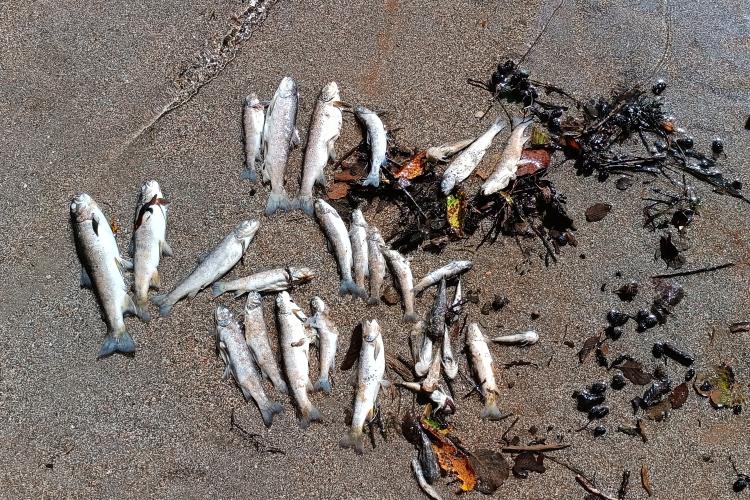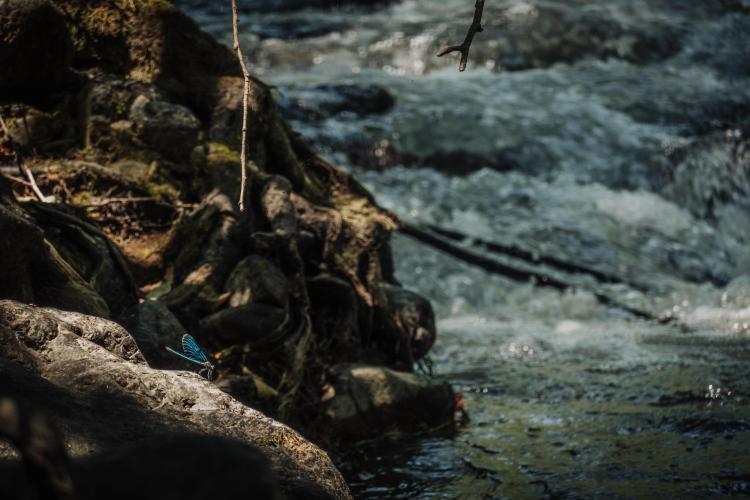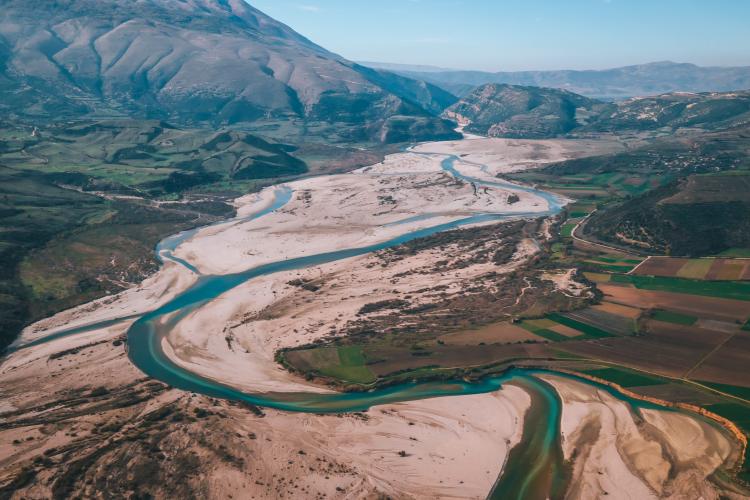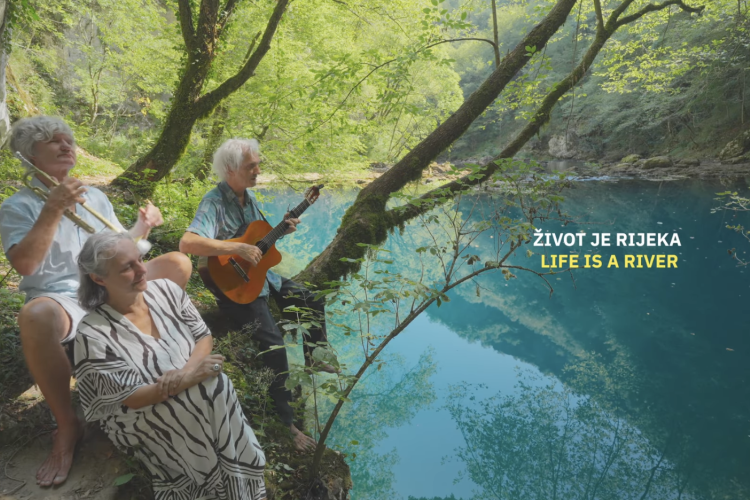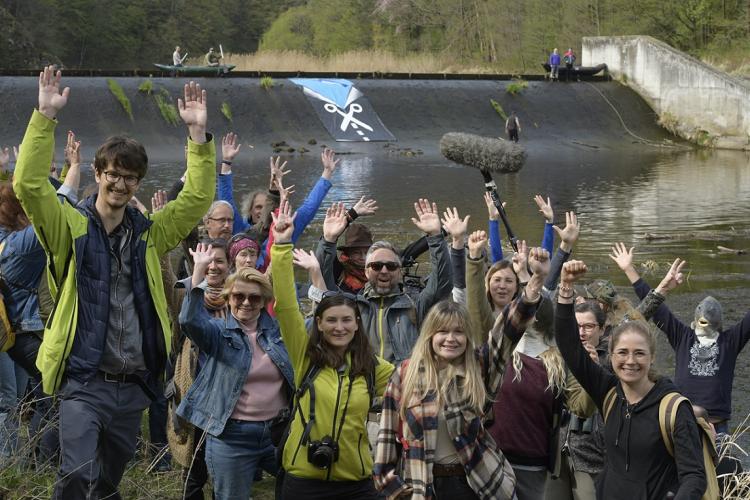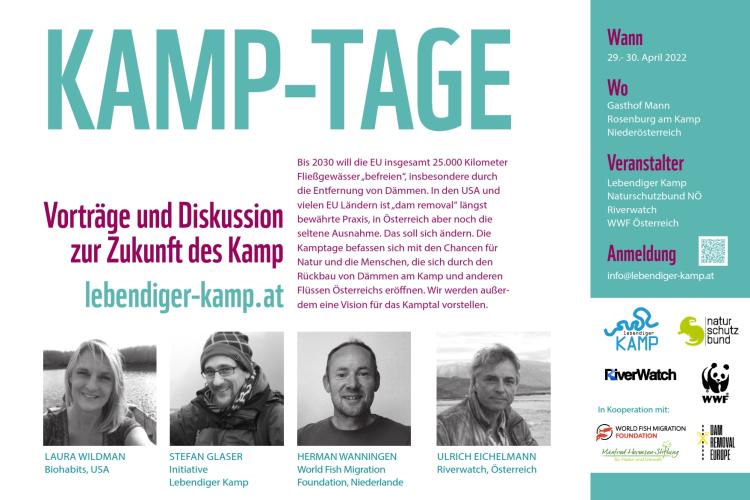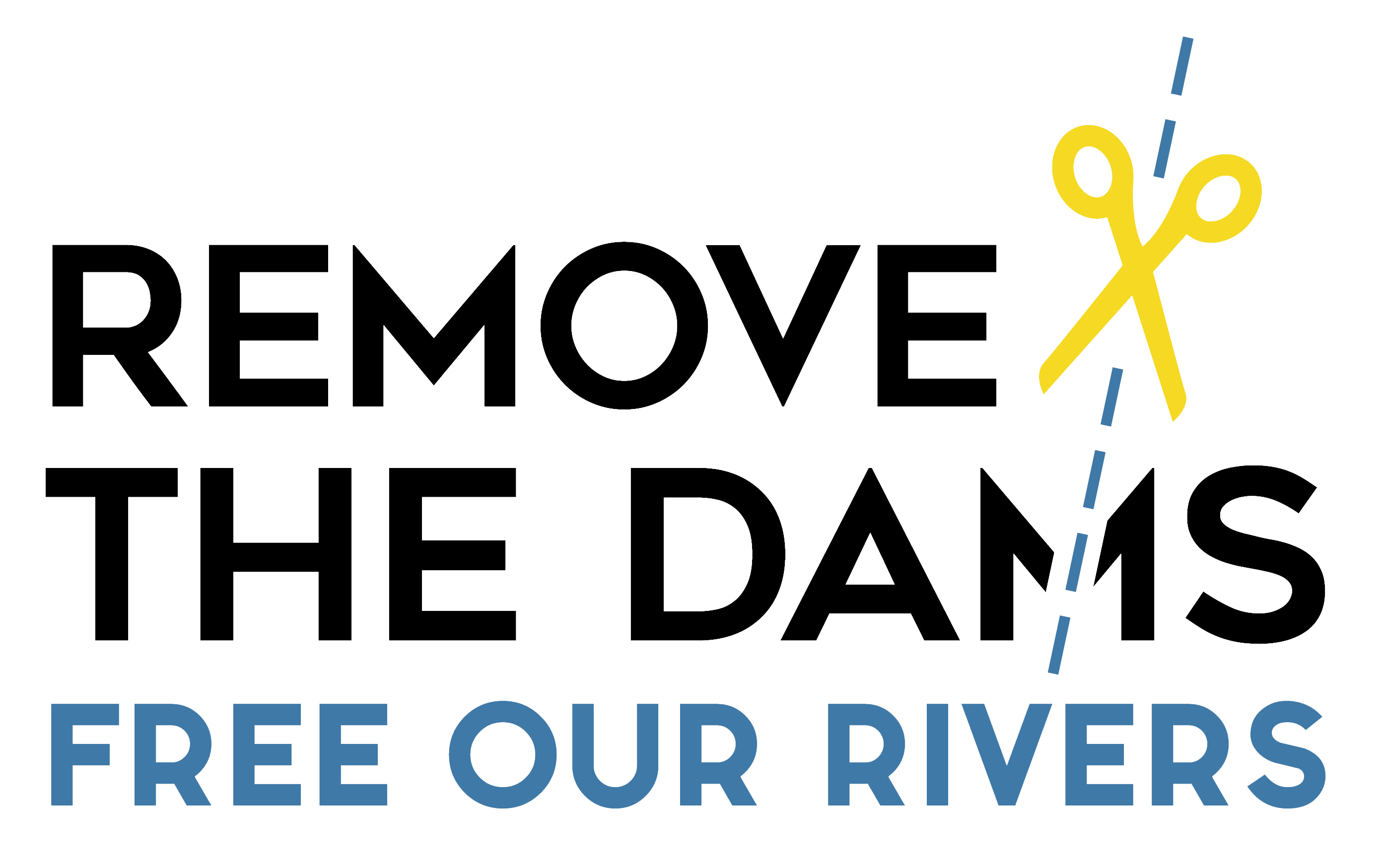
Vienna, Brussels, July 19 2018 – Europe’s rivers are in bad shape. As a recent report by the European Environmental Agency has shown, only 40 percent of European waterways are in good condition. These are mostly confined to headwaters, as conditions usually deteriorate along the river's course due to countless weirs and dams. A new study, published today, calls for tens of thousands of redundant dams and other barriers to be removed to help restore rivers and lakes – boosting wildlife populations and benefiting communities across the continent. A new initiative called Dam Removal Europe aims to start an era of dam removal.
Dam Removal: A viable solution for the future of our European Rivers stresses that the density of dams, weirs and locks in Europe is far higher than previously suspected, with salmon, eel, grayling, sturgeon and other migratory fish encountering obstacles every kilometre on average. Previously, only dams higher than 10 metres were counted, but these represent less than 3 percent of all river barriers.
"Rivers are nature's lifeline, and disrupting them comes at a high price. Dams have played a critical role in Europe’s development but they have also contributed to the slow death of our rivers and the catastrophic decline in freshwater species,” says Stuart Orr, Freshwater Practice Lead for WWF. “Tens of thousands of small dams and barriers are no longer in use but they are still in place: blocking fish migrations, stopping the flow of sediment and nutrients, and undermining the value of rivers to people and nature.”
It is estimated that in France, Spain, Poland and the UK alone, there are up to 30,000 mainly small dams which are now obsolete. There is no comprehensive study yet on the total number of obsolete dams in Europe, but the real figure is most probably many times higher. While these barriers provide no benefits to communities, they still prevent rivers from flowing freely, contributing to the disappearance of freshwater species, particularly migratory fish that cannot reach their spawning grounds. Obviously, this also affects birds feeding on fish as well as many other animals.
The report calls for governments across Europe to start removing these redundant dams, which will breathe life back into river systems and provide new economic opportunities for local economies. It will also help countries comply with the Water Framework Directive and boost efforts to reach its ambitious goals.
“Nature can recover remarkably fast when given the chance: dam removals in Europe have resulted in fish immediately returning to rivers for the first time in decades and existing species multiplying rapidly,” says Pao Fernandéz Garrido from World Fish Migration Foundation, one of the authors of the report. “As the fish return so do the fish eating birds and a wealth of other species dependent on healthy river systems and wetlands and so do fishers and birdwatchers, giving rural areas a new lease of life”.
The report lists a series of case studies that illustrate the remarkably rapid impact of dam removals. In the Netherlands, after two weirs were removed from the ‘Boven Slinge’ stream in 2015, the number of fish species in the newly connected stretches increased by an average of 30 percent and the number of individual animals increased by 148 percent. In nearby Denmark, the removal of a dam on the Gudenå River saw trout numbers upstream rise from zero to 4-5 per m2. Meanwhile, the removal of the Maisons-Rouges Dam in France in 1999 has resulted in a spectacular surge in fish numbers with sea lamprey numbers soaring from barely any to over 41,000 within eight years.
Dam removals have slowly started to pick up the pace in Europe, and the Water Framework Directive’s ambitious goals, timeline, and visionary approach to water management have been instrumental. Next year the largest European dam ever will be taken down; the 15 metre high Roche qui boit Dam and the 35 metre high Vezin Dam in the Sélune river in France.
“Dam removal is considered a very eco-efficient and cost-effective measure to reach the objectives of the Water Framework Directive to which all member states have committed themselves to”, said Orr. “Dam removal is also significantly cheaper than maintaining aging, obsolete dams. Freeing rivers offers additional advantages from cleaning water naturally to boosting tourism numbers to restoring a river’s natural flood defences – critical in the age of climate change. It is a no brainer: removing redundant dams costs less and achieves more.
Especially throughout the alpine region, tens of thousands of weirs and dams have seriously affected river ecosystems, with disastrous declines in biodiversity and riverine landscape value. It is estimated that a weir or dam is found on average every 600 meters within the alpine river networks, leaving 90 percent of running water bodies significantly impaired. “We need more free-flowing, living rivers and less dams in our landscapes”, says Fabio Di Tullio for Riverwatch, “As partners of Dam Removal Europe we call for the bold removal of obsolete dams and weirs, especially on our most valuable rivers and streams. From the Rosenburg dam on the Kamp River to the Brunau weir on the Ötztaler Ache, the potential for river restoration through dam removal is enormous.”
Through their initiative “Weg Dammit!” Riverwatch seeks to identify obsolete dams, power plants and weirs which still impair valuable river stretches. “We call on all river enthusiasts, to report dams that should be removed by using our questionnaire” Fabio Di Tullio ads.
Background information
- The full report can be downloaded here: www.damremoval.eu/policy-report
- Dam Removal Europe: Dam Removal Europe (DRE) is a coalition of 5 organizations: WWF, World Fish Migration Foundation, European Rivers Network, The Rivers Trust and Rewilding Europe. DRE wants to create a community of people, organizations and governments that are committed to giving the European rivers more space. Because these are beautiful and full of possibilities. We do this by removing redundant small and large dams from the European rivers with local partners. Together, we ensure that European rivers can flow freely for humans and animals. More information: www.damremoval.eu
- Riverwatch: We are a society for the protection of rivers and consider ourselves a platform for all those who care about rivers. Our ambition is to preserve the last unimpaired rivers as well as restoring those already canalized or dammed. Riverwatch draws attention to the value of rivers; their beauty and their importance to flora and fauna, as well as to mankind. We engage globally against destructive projects, particularly dams, and promote public awareness through campaigning. https://riverwatch.eu

